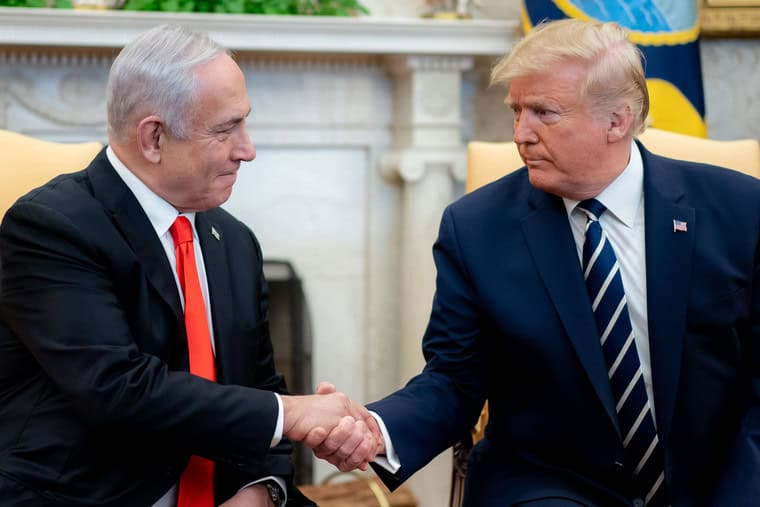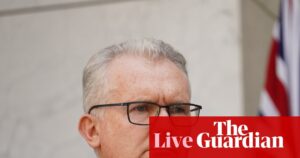
The Zionist state’s history of breaking agreements raises questions about the sustainability of the recent ceasefire brokered by former U.S. President Donald Trump. As Trump toured the Middle East earlier this week, his self-proclaimed role as a peacemaker was put to the test. His influence was evident when Israeli Prime Minister Binyamin Netanyahu agreed to a ceasefire, showcasing that when the United States insists, Israel complies.
Last week, the Quincy Institute reported that
“the US has spent $31 to $33 billion funding Israel’s war in Gaza since October 2023.”
This substantial military aid could have given former President Joe Biden the leverage to impose a similar ceasefire at least 18 months ago, yet Biden’s administration was criticized for its passive stance during Israel’s aggressive actions against Palestinians.
The Gulf Prioritization
Despite the ceasefire, Trump’s primary focus in the Middle East remains the Gulf region rather than Israel. His first foreign visits during both terms as president were to the Gulf, driven by a mix of personal business interests and strategic considerations. The Gulf’s significance in global capitalism cannot be overstated, and Trump’s major diplomatic achievement in his first term was the Abraham Accords of September 2020, which saw Bahrain and the United Arab Emirates normalize relations with Israel.
Trump’s ultimate goal is to bring Saudi Arabia into these accords. However, the Saudi royal family has been clear that this will not happen as long as the conflict in Gaza continues. In an interview aboard Air Force One, Trump expressed optimism that the ceasefire could lead to regional normalization, particularly in economic relations between Israel and the Gulf states.
Military Cooperation and Regional Security
There is already a growing military cooperation in the region, encouraged by the U.S. Central Command (Centcom). The Washington Post recently reported that
“over the past three years, facilitated by the US, senior military officials from Israel and six Arab countries came together for planning meetings.”
These meetings, aimed at coordinating action against Iran, have occurred even as Arab governments publicly criticized Israel over Gaza.
Centcom’s broader goal is to develop a “Regional Security Construct” that includes Israel, Bahrain, Egypt, Jordan, Qatar, Saudi Arabia, and the UAE. In one such meeting, U.S. forces trained partners on neutralizing threats from subterranean tunnels, a tactic frequently used by Hamas against Israeli forces in Gaza.
Challenges and Future Prospects
The ceasefire marks only the beginning of a new phase in the ongoing conflict. Both Israel and Hamas are likely to manipulate the ambiguities in Trump’s 20-point “peace plan” to their advantage. As Emile Hokayem, a noted academic, observed,
“Beyond the agreed first phase, the rest still reads like a restaurant menu that leaves plenty of ambiguity, room for haggling and unexpected hitches.”
This lack of clarity could lead to further disputes and challenges in the implementation of the peace plan.
Historically, Israel has a poor track record of adhering to agreements, with the latest breach occurring in March when Netanyahu unilaterally broke a previous ceasefire. The sustainability of the current ceasefire is uncertain, and it remains to be seen whether Trump’s intervention will lead to a lasting peace or merely a temporary pause in hostilities.
As the situation develops, the international community will be watching closely to see if the ceasefire can hold and whether Trump’s efforts will lead to a more stable and peaceful Middle East. The implications of this ceasefire extend beyond the immediate region, potentially influencing global diplomatic relations and economic partnerships.





